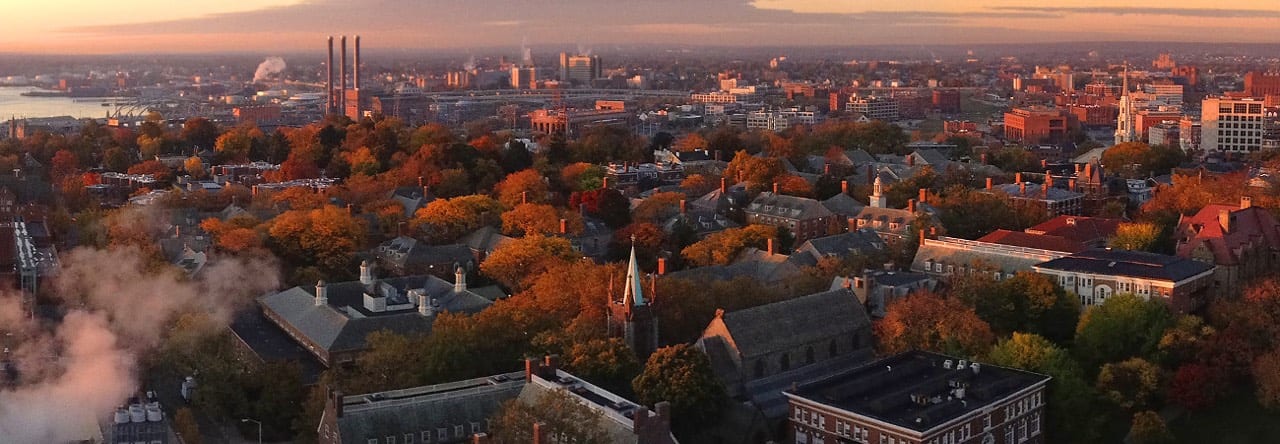The fifth week of our excavation brought beautiful weather: sunny and 54 degrees Fahrenheit. We tried to take advantage of the sun, as the following week brought Daylight Savings Time and consequently darkness for the second half of our class. It was also our second-to-last excavation day so we wanted to be as productive as possible.
I was digging in Trench 2 this week with Julia, Ned and Charlotte. Since the week before Trench 2 had closed Context 2, we decided to get as close to closing Context 3 by the end of the session as possible. Since Trench 1 found a soil change when they began digging Context 3, we decided to all begin by digging on the northern side of the trench and proceed with caution. Unless we found a soil change around ten centimeters below the top of Context 3, we would define Context 3 as an arbitrary layer, used for locating our artifact finds stratigraphically.
It was cramped having four people digging on the same side of the trench, but we pretty quickly realized we were not finding the same soil change that was occurring in Trench 1. As a result, we defined Context 3 as an arbitrary layer and continued to remove soil as quickly as possible while maintaining a watchful eye for potential finds. As we dug, we noticed many small rocks and a few large rocks, though they did not appear to have any structural significance. Still, we dug around the larger ones carefully and did not remove them unless they were naturally dislodged from the soil as we dug deeper. We also found one piece of ceramic!
The soil in Context 3 was mainly sandy loam, with some gray clay-like inclusions and darker soil in areas. By the end of the session we still could not find a clear soil change, so we decided to level the floor of the trench as much as possible, and take an “in progress” closing picture, in case we decided to continue Context 3 at the next session. It was definitely sad knowing it would be our last full digging session, but I am excited to process our finds and try to interpret our results in the lab.
Emma Byrne ’17

































